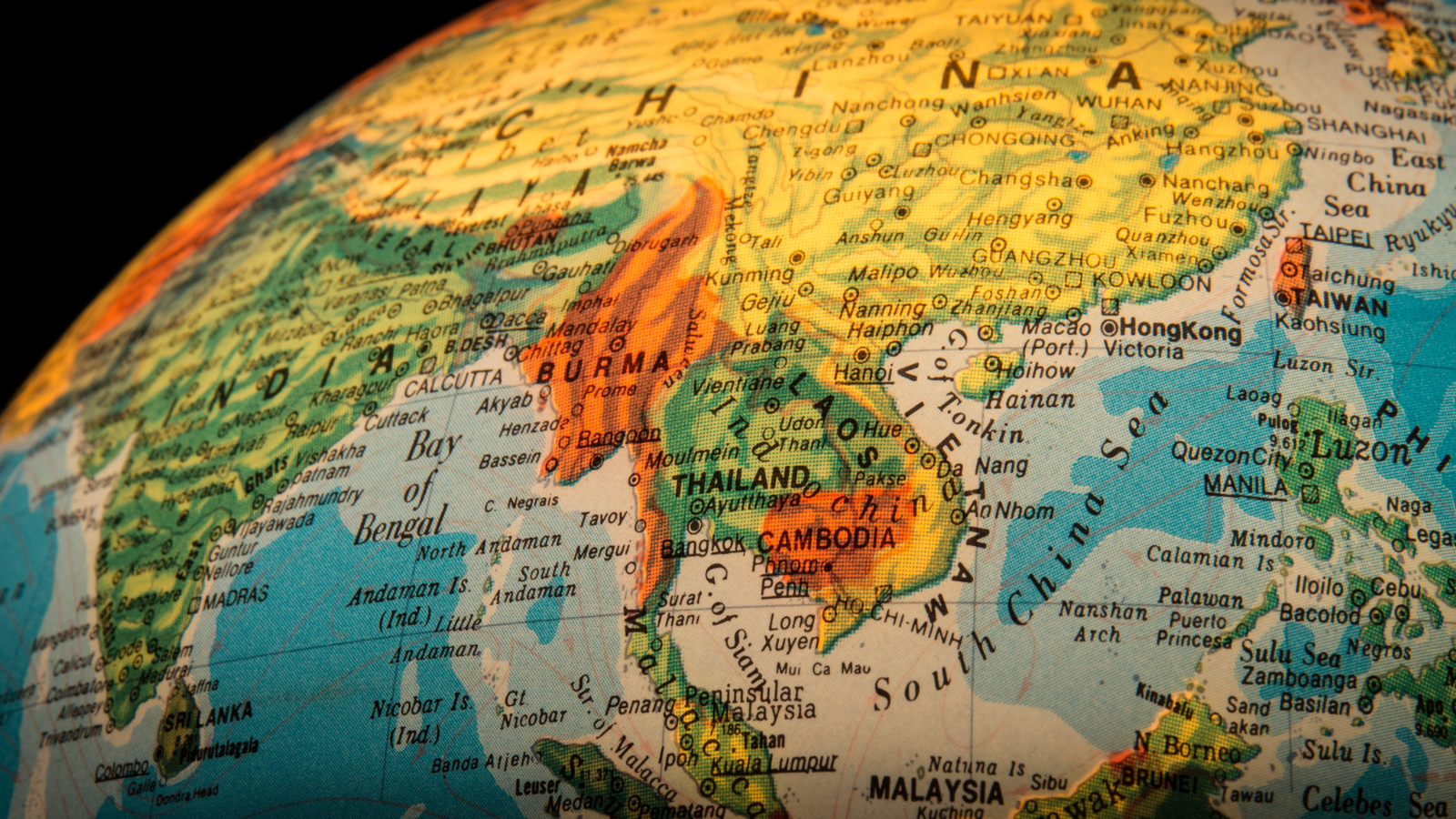The Reshoring Initiative is reporting the reshoring trend was stronger than ever in Q3
🇺🇸 The Reshoring Initiative is reporting the reshoring trend was stronger than ever in Q3.
While we’re assuming there’s no conflict of interest in this report, the group is claiming that due to the business decision, 350,000 jobs were announced in 2022. This is a record-breaking number compared to 255,000 in 2021. Re-shoring, also known as "onshoring" or "insourcing," refers to the process of bringing manufacturing or other operations back to a company's home country that had previously been outsourced to another country.
The global shift towards supply chain localization and reshoring is gaining momentum as geopolitical tensions, trade issues, energy security concerns, and the pandemic have exposed vulnerabilities in the global supply chain system.
Nearshoring, driven by trade and political tensions with China, is gaining momentum as U.S. companies invest in minimizing supply chain disruption.
US companies are increasingly embracing nearshoring as a response to the pandemic and tightening sanctions.
Both logistics companies are expanding their operations in Mexico in response to increased demand from shippers.
According to Kearney’s 2022 Reshoring Index, 96% of US CEOs are reshoring, already reshored, or considering it.
Nearshoring and reshoring are two strategies used by companies to manage their supply chains and production processes.
The ongoing trade tensions between the US and China, as well as the border disputes between India and China, have led to a push for diversification of supply chains and a search for alternative manufacturing destinations.
While pulling out of China, the U.S.-based products line are being funneled into the 500,000 square-foot manufacturing campus in Arteaga, Mexico.
AI can be used to optimize supply chain management, reducing lead times and increasing efficiency in the movement of goods between manufacturing facilities and warehouses.
While cost is an important factor, there are many other factors that can impact the overall value of a sourcing decision, such as lead time, quality, risk, and sustainability.
The massive retailer is expanding its relationship with vendors in Central America as part of Vice President Kamala Harris’ “Call to Action for Northern Central America”.
Supply Chain Brain tackles this topic with Dan Dreyfus and Bob Bowman - is this shift toward re-shoring for the betterment of the supply chain?
Once paraded as the best option for cheap labor in the manufacturing sector, China’s workers have become more skilled and less poverty-stricken.
The U.S. has significant domestic reserves of many of the minerals used in battery production, including lithium, cobalt, and nickel.
India, Vietnam, Thailand, Malaysia, and Bangladesh are all scrambling to replace China’s top spot as the manufacturing capital of the world after strict Covid-19 policies are sending global companies whirling.
While we’re assuming there’s no conflict of interest in this report, the group is claiming that due to the business decision, 350,000 jobs were announced in 2022.
Santa Catarina in Monterrey city, the capital of Nuevo Leon state, is to be the home of the newest electric vehicle assembly plant.
After twenty years of falling by the wayside, the United States is reclaiming an advantage over China as plastic products are brought back to be produced domestically.
But is it a move that is going to pay off? Mexico incurred an investment of $17.2 billion since January of this year, boasting a growth of 25.5% in comparison to the same time frame in 2021.
The U.S. supply chain issues have forced companies to reconsider their sourcing and operations strategies and many have decided to bring everything back close to the chest.
U.S. companies are bringing workforces and supply chains back to American soil at significant rates.






















The article discusses the impact of supply chain disruptions and the potential benefits of nearshoring, particularly in Mexico, for U.S. importers.